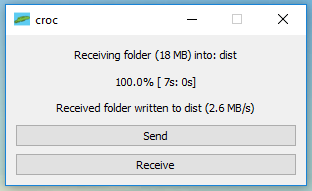“Interpretation of NTFS Timestamps” is a fascinating technical dive into the NTFS filesystem and the way it stores file and directory timestamps. Let me just leave you with this quote:
NTFS file timestamps, according to the documentation of the ‘FILETIME’ data structure in the Windows Software Development Toolkit, is a “64-bit value representing the number of 100-nanosecond intervals since January 1, 1601 (UTC)”.
WTF?



